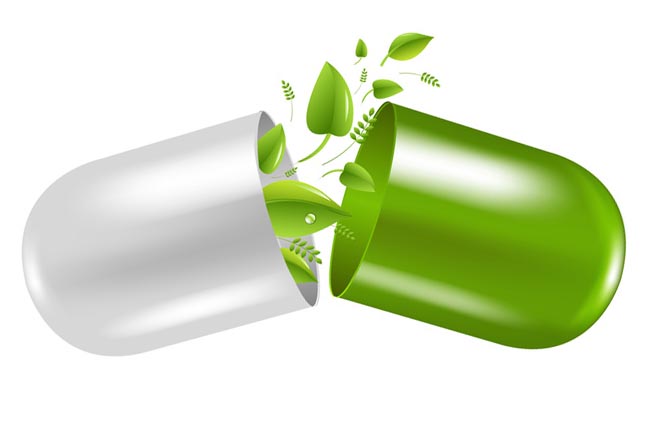The regulation of industrial property and the proprietary data generated in the pharmaceutical and agrochemical sectors are crucial issues in the current context, especially within Decision 486 of the Cartagena Agreement and Ecuadorian regulations. In this regard, the current legal framework seeks to balance the interests of innovation and fair competition while ensuring the protection of public health.
Decision 486, in Article 266, establishes that member countries must assure adequate protection to undisclosed test data, particularly those requiring significant effort for their development. This protection is essential to foster research and the development of new pharmaceutical and agricultural chemical products, as it ensures that companies investing in innovation can recover their R&D costs without the risk of unfair use of their data by competitors.
The Organic Code of the Social Economy of Knowledge (COESC) -Ecuador’s Intellectual Property Law-, in Article 509, establishes an exclusivity period of 5 years of the proprietary data generated concerning pharmaceutical products and 10 years for agrochemicals. The Knowledge Management Regulation complements this provision by ensuring that the exclusivity of test data includes the prohibition for third parties to commercialize, sell, or offer for sale a pharmaceutical or agrochemical product whose marketing approval relies on test data or other undisclosed information owned by a third party. This exclusivity period is crucial for innovative companies.
Nevertheless, the regulation allows obtaining the respective marketing authorizations as preparatory acts aimed at commercializing these products once the exclusivity period has expired. A reasonable timeframe is understood to be 2 years for pharmaceutical products and 4 years for agrochemical products.
Additionally, Article 507 of the COESC limits the requirement to demonstrate the safety and efficacy of products to “those containing new chemical entities.” This means that products not containing new chemical entities are not subject to the same requirement, allowing generic manufacturers to use public domain information, such as pharmacopeia, in the registration dossier necessary for marketing authorizations.
Resolution ARCSA-DE-2024-023-DASP complements this structure by specifying that data protection applies only to new chemical entities and detailing the requirements and procedures necessary to obtain such protection. This means that generic manufacturers do not violate any regulation by referring to public domain documents to support their products. Furthermore, the Organic Health Law and its regulations emphasize that sanitary registration does not grant exclusivity rights over a product’s formula, reinforcing that innovation should not be a barrier to competition. This approach results in a practical limitation on test data protection.
In conclusion, although the regulatory framework established in Ecuador and the Andean Community seeks to promote innovation while providing the necessary data protection to ensure the safety and efficacy of pharmaceutical and agrochemical products, (i) there is a grace period for obtaining marketing authorization for products “equivalent” to those with protected test data, and (ii) the distinction between innovative products containing new chemical entities, and those that do not, raises questions about the balance that guarantees benefits for both consumers and holders of test data deserving protection.
Janet Hernández (jhernandez@abreuip.com)


